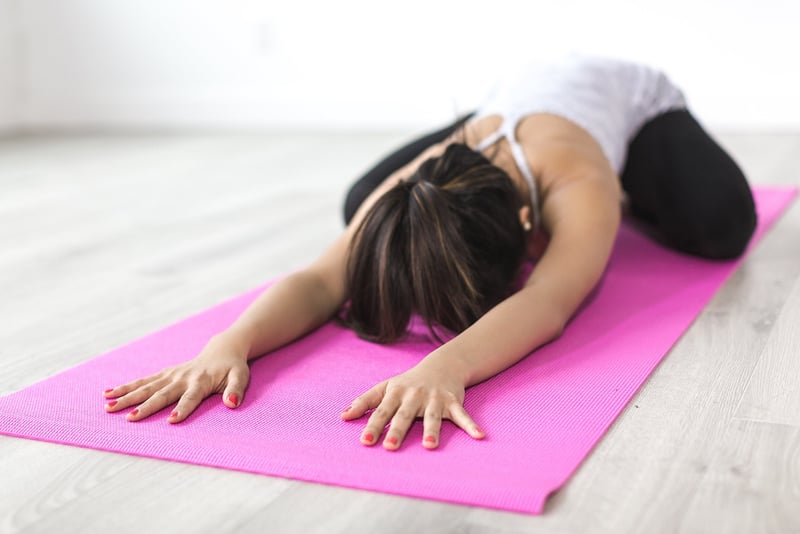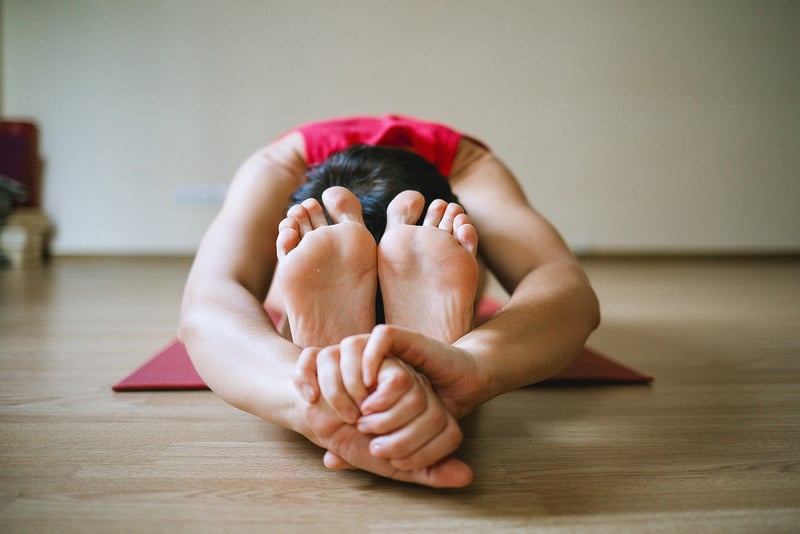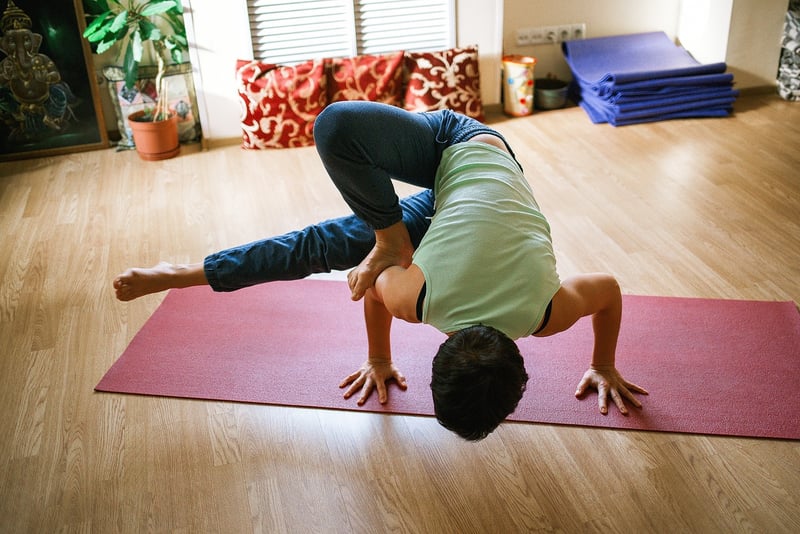Restorative Yoga
The Art of Relaxation: A Guide to Restorative Yoga

Life can be hectic, and stress seems to be an inevitable part of our daily routine. In the midst of chaos, finding moments of relaxation and tranquility is essential for our well-being. This is where restorative yoga comes in, offering a sanctuary of peace and rejuvenation for both the body and mind.
What is Restorative Yoga?
Restorative yoga is a gentle form of yoga that focuses on relaxation and stress relief. It involves holding poses for extended periods, typically using props like blankets, bolsters, and blocks to support the body in complete comfort. The primary goal of restorative yoga is to activate the parasympathetic nervous system, triggering the body's natural relaxation response.
Benefits of Restorative Yoga
- Reduces stress and anxiety
- Improves sleep quality
- Enhances flexibility and mobility
- Calms the mind and soothes the nervous system
- Promotes mindfulness and presence
How to Practice Restorative Yoga
To experience the full benefits of restorative yoga, create a calming environment free from distractions. Start by choosing a few restorative poses that you feel comfortable with, such as supported child's pose, reclining bound angle pose, or legs up the wall. Focus on deep, mindful breathing throughout the practice to deepen relaxation.
Tips for a Restorative Yoga Practice
- Use comfortable props to support your body
- Stay in each pose for at least 5-10 minutes
- Focus on releasing tension with each exhale
- Listen to your body and adjust the pose as needed
- Allow yourself to surrender and let go
Whether you're a beginner or an experienced yogi, incorporating restorative yoga into your routine can be a powerful tool for relaxation and self-care. Take the time to unwind, release tension, and embrace the peace that comes with this gentle practice.
Find your inner calm through the art of restorative yoga and discover a profound sense of well-being and tranquility.

